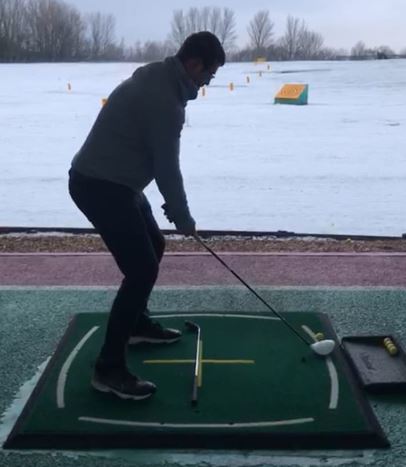5 iron vs. 6 iron vs. 7 iron: Which is the Best Club to Carry?
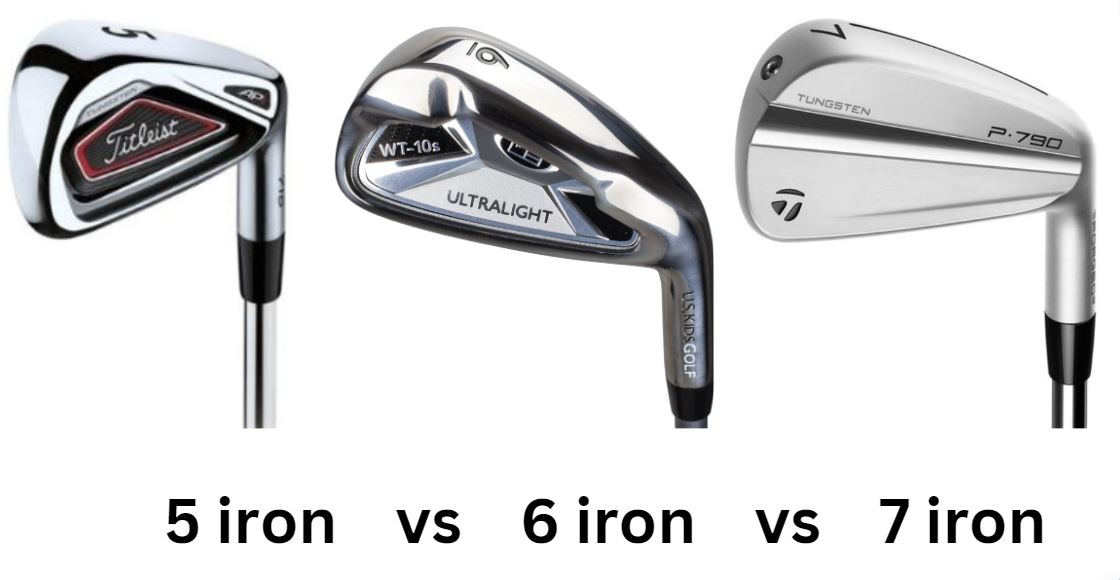
Video: https://www.youtube.com/watch?v=V0lGqZX0GCo (hitting long irons straighter)
Imagine this: you are out on the course with your three friends.
Not a cloud in the sky, Your ball lies perfectly in the fairway, but as you zap the distance with your yardage finder, you realize you have an awkward distance to the pin.
Which club to hit? In this article, we will compare and contrast your 7-iron, 6-iron, and 5-iron as well as give you some alternative woods to hit from similar distances.
We are going to take an in-depth step by step look, club by club, through details like how far (on average) each club travels, where to play each one in your stance,
what to expect in ball flight for each club, which type of shots you can expect to hit with each club, which hybrid or wood could replace each iron and why, and a loft comparison table. Let’s get to it!
The 7-iron
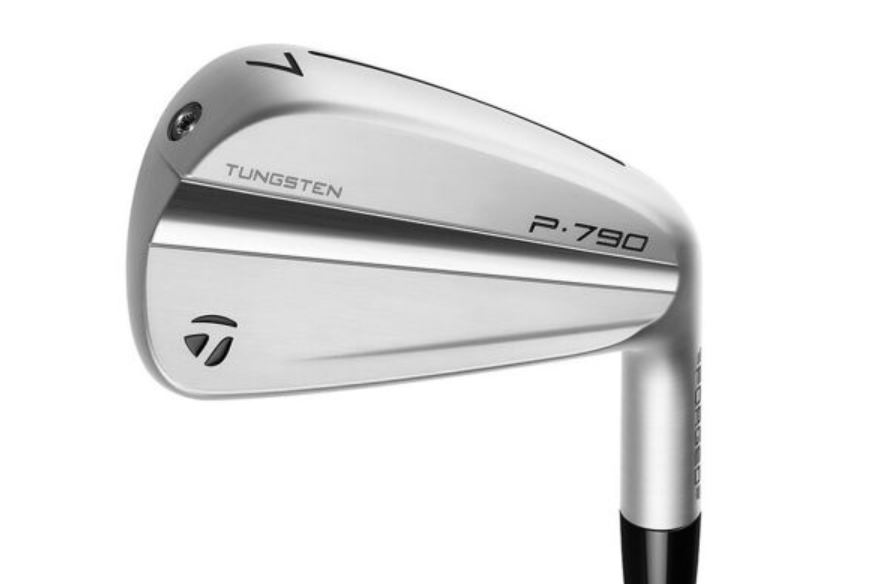
“I never miss with my 7-iron”
For those who have seen “Tin Cup”, there is a memorable dialogue in which Kevin Costner extols the virtues of his 7-iron, and quite literally breaks every other club in his bag.
There have been times where I have felt the same! The 7-iron truly is a magical club with a nice amount of loft on it, as well as a very comfortable length.
Ball Position for the 7
This article does a wonderful job in explaining the ball striking basics with a 7-iron.
It also discusses utilizing alignment sticks to practice the correct ball position, and that Conner “ would start with my wedges more or less in the middle of my stance, the driver up towards the front heel, and my 7-iron about a third of the way up from the wedge position.
Ball position is key and I spend a lot of time making sure mine is just right with every club.”
What can the 7-iron do?
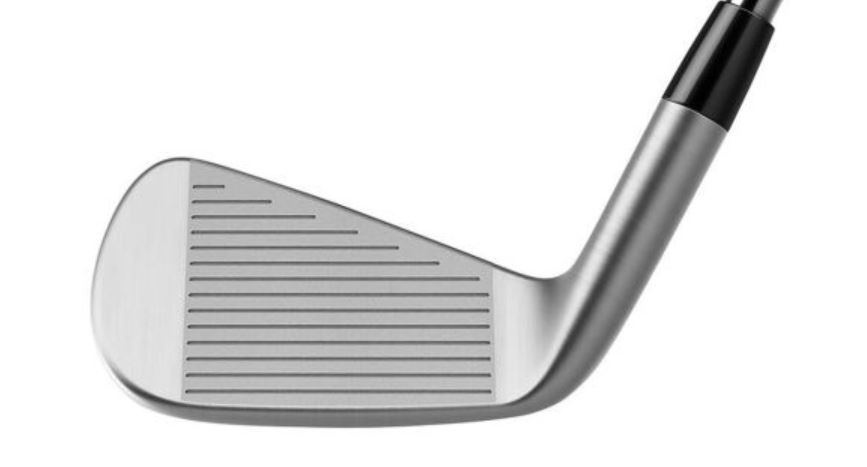
A 7-iron has 31 degrees of loft and is 37” log (typical men’s length club).
This makes the 7-iron ideal for being able to hit out of sticky lies like rough or long bunker shots, as the natural loft of the club can help lift the ball out of the sand and over a bunker lip.
I would personally not replace this club with a hybrid or wood as the 7-iron has enough loft that it is a realistic club for a beginner to master.
6 or 7?
This article goes into detail in examining the difference in loft and length between a 7-iron and 6-iron.
As for the importance of having a “stock shot”, I agree with the author. He says, “All good players have a go to shot with every club in their bag.
Since the 6 and 7 iron are pretty (close) in design and performance, I would recommend the same shot, whether a draw or fade be your go to shot with both clubs.
I am a big fan of developing a stock shot in golf, which helps you eliminate the really bad misses and dial in your accuracy and distance control.”
The point is to Score
A 7-iron is considered a scoring club, and it matters more to have the shot end up on the green consistently than hitting it as far as you can.
Typically trying to swing out of your shoes with a scoring iron will lead to more movement and spin on the ball.
Having a “stock” shot in which you make a balanced swing with about 80% of your power will yield a much more consistent result.
Never forget- the main point is to SCORE! Not to hit the ball 10 yards farther than your golfing buddies:)
How to find your average iron distances
In terms of distance; there are a few important things to remember.
- If you once hit a 7-iron 200 yards, that is not your average distance.
- Distance is comprised of air time as well as roll-out
- Finding your average distance also includes the bad shots.
That being said, the best way to calculate an actual distance of your clubs is by utilizing a device such as a trackman or launch monitor.
You can do this with the help of your PGA or LPGA Teaching Professional, or on your own if you have some space and time.
You want to be able to get accurate numbers for at least 10 shots with your 7-iron (carry and roll), and come up with an average.
I would say that most golfers think they hit it farther than they actually do, and coming up short with iron shots is pretty common.
Basically, have acceptance of what your *actual* average distances are right now- and plan your shots on the course around them.
There are ways to gain distance with golf specific workouts and improvements to swing mechanics. Keep the goal in mind; which is hitting greens and making putts!
6-iron
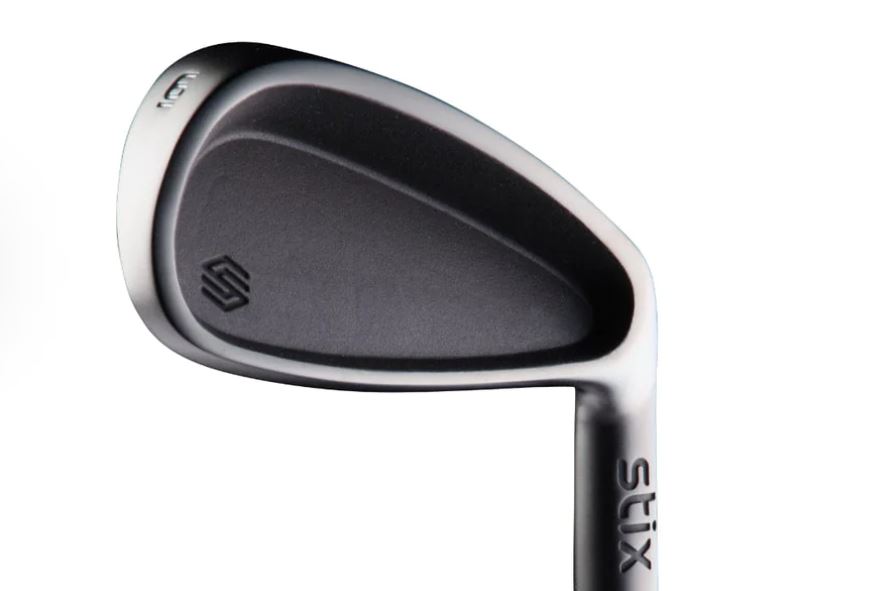
The 6-iron is considered a mid-iron, but the goal is still the same.
For the ball to end up on the green! Because the 6-iron is a touch longer and has a touch less loft, you will likely witness more curvature to your shots.
Knowing your ball flight and being able to include it in planning your shots is key with the 6-iron.
A Word from Mr. 58…
As Jim Furyk says, “Having a more consistent golf ball position gives you more consistent contact and connection point.
This results in the clubhead of mid-irons, such as the 6-iron, hitting the ball at the base of the arc produced (inside your left heel by 1 to 2 inches).”
As your clubs get longer, you want to make sure that the ball is in the correct position at set-up. Jim also reminds you to swing about 80% of your power, and to let the loft of the club do the work for you.
Because of the slightly lower loft, a 6-iron is a good option if you find yourself under a tree or needing a punch shot. Be mindful that the 6-iron will roll out further than the 7-iron.
Issues with distance gaps or overlaps
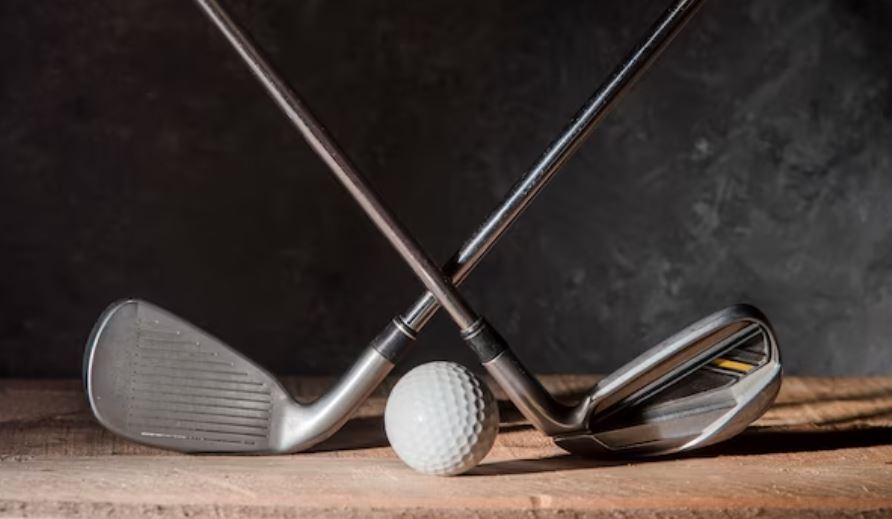
What if my clubs go the same distance? Or what if I have a huge distance gap in between my irons?
This is a very common issue. If you are working on figuring out your distances, and each club is not 10 yards apart, there can be a few reasons for that.
- Make sure your clubs fit you (a forgiving club for beginners with the correct shaft)
- Am I swinging with consistent speed (80%)?
If you like math, this article has a more specific equation for figuring out the gapping in your irons;
“In our data analysis that we’ve done, there’s a good way to figure out your optimal gapping,”
Jertson said. “If you go on a launch monitor for a fitting — and we and a lot of our competitors fit with a 7-iron — you take whatever your ball speed is in miles per hour [with a 7-iron] and divide that by 10.
That’s good spacing for your irons.”
If you would like to replace your 6-iron with a hybrid or fairway wood, there are many options out there.
Be on the lookout for a club with 30 degrees of loft. It might be easier to swing through more of a difficult lie with a bigger clubhead, or you might feel more comfortable with a wood instead of an iron.
5-Iron
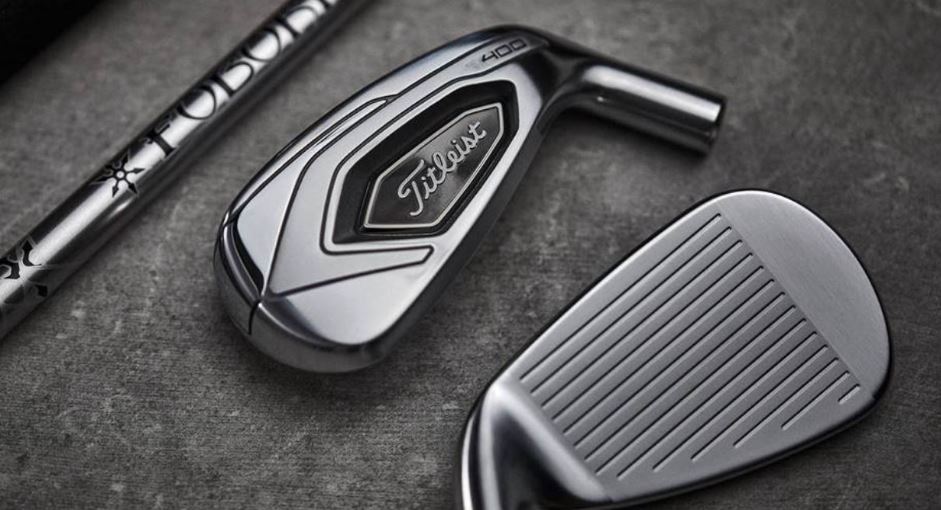
I am going to go out on a limb here, and say that if you are a beginning golfer, you might want to see if you feel more comfortable with a hybrid replacement for your 5-iron.
I say this because the loft of a 5-iron (from 21-27 degrees).
Golf Digest agrees with me, saying that “There are a lot of culprits in this particular problem, but it starts with clubhead speed.
Our findings show that if your driver speed is less than 90 miles per hour (a little below average for the average man and well above average for the average female), the 5-iron is not going to fly much farther than a 7-iron, if at all.”
The lower loft combined with a longer shaft makes it a bit more difficult to hit, unless you can consistently have swing speed above 90 mph and make crisp contact.
A hybrid would be much more forgiving and easier to hit if you are in the rough than the 5-iron. Being able to carefully evaluate your game and identify your confidence level with your longer irons is key.
It will be worth the investment to make an appointment with your local club fitter to see if there is an easier way to reach the distances and accuracy required with your longer irons.
To be more specific of which hybrid/ wood would replace which iron- look no further than the comparisons below of loft:
- 2-hybrid: 17 degrees
- 3-hybrid: 19 to 20 degrees
- 4-hybrid: 21 to 23 degrees
- 5-hybrid: 24 to 26 degrees
- 6-hybrid: 27 to 28 degrees
- 7-hybrid: 31 degrees
Here are different irons and the standard degrees of loft for each:
- 1-iron: 14 to 16 degrees
- 2-iron: 16 to 19 degrees
- 3-iron: 19 to 21 degrees
- 4-iron: 19 to 24 degrees
- 5-iron: 21 to 27 degrees
- 6-iron: 24 to 31 degrees
- 7-iron: 28 to 35 degrees
- 8-iron: 32 to 39 degrees
- 9-iron: 37 to 43 degrees
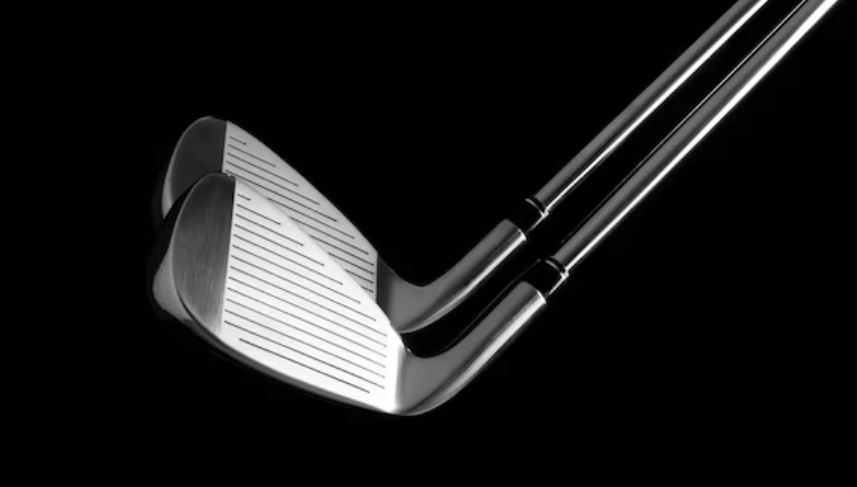
Being armed with this information, I hope that you are able to understand the differences of each club, and to make the replacements if needed! Just remember- it isn’t about how far you hit the scoring clubs- it is about accuracy.

